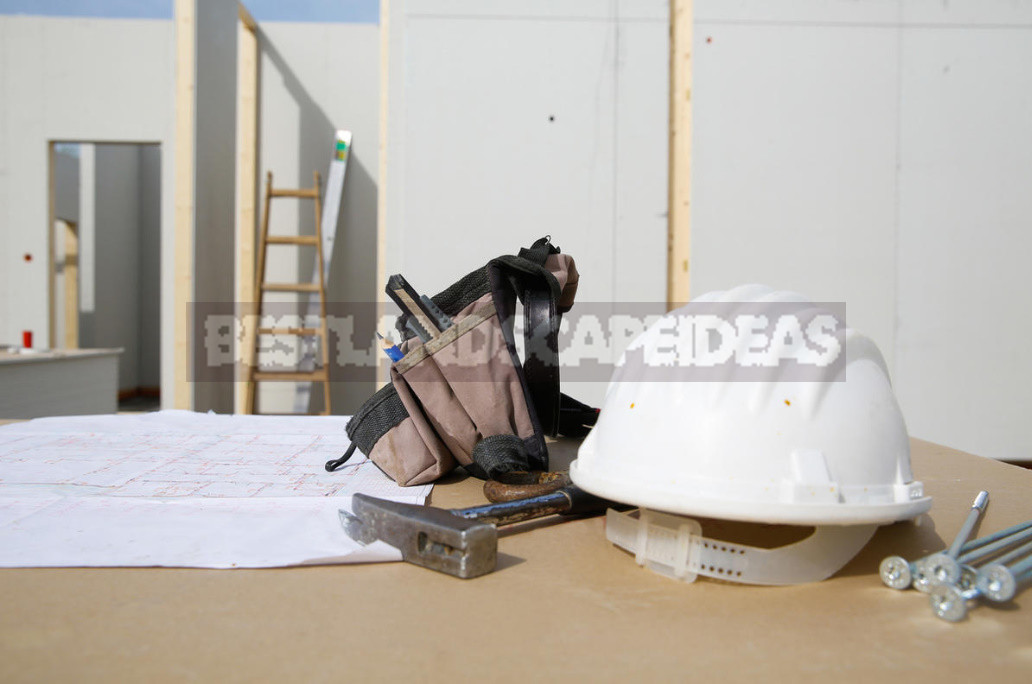
More recently, the virtual pages of the construction Department of our portal erupted hot controversy around extruded polystyrene. As clearly as possible to identify the pros and cons of its use as a home insulation decided one of the most enlightened in the field of suburban construction of our readers.
As you know, I had to “fend off” quite difficult questions, such as: how to behave extruded polystyrene when heated. The results of a comprehensive discussion of the possibilities of extruded polystyrene turned out impressive. It became clear that it is necessary to convey these important information to all that, choosing insulation for your home, they can assess the real advantages and disadvantages of this material. It is no secret that the struggle for the consumer is sometimes not gentlemanly ways, that extruded polystyrene deliberately attributed all the “mortal sins”. We will not repeat the fabrications of Amateurs, but clearly and reasonably tell about the real properties of this insulating material.
Real properties of extruded polystyrene
The author of these lines is familiar with the above-mentioned material. Reliable information about its characteristics was obtained in Germany, on a mission to study the methods of using extruded polystyrene in construction. Add to this personal practical experience in the use of this material in the construction of country houses in the recent past.
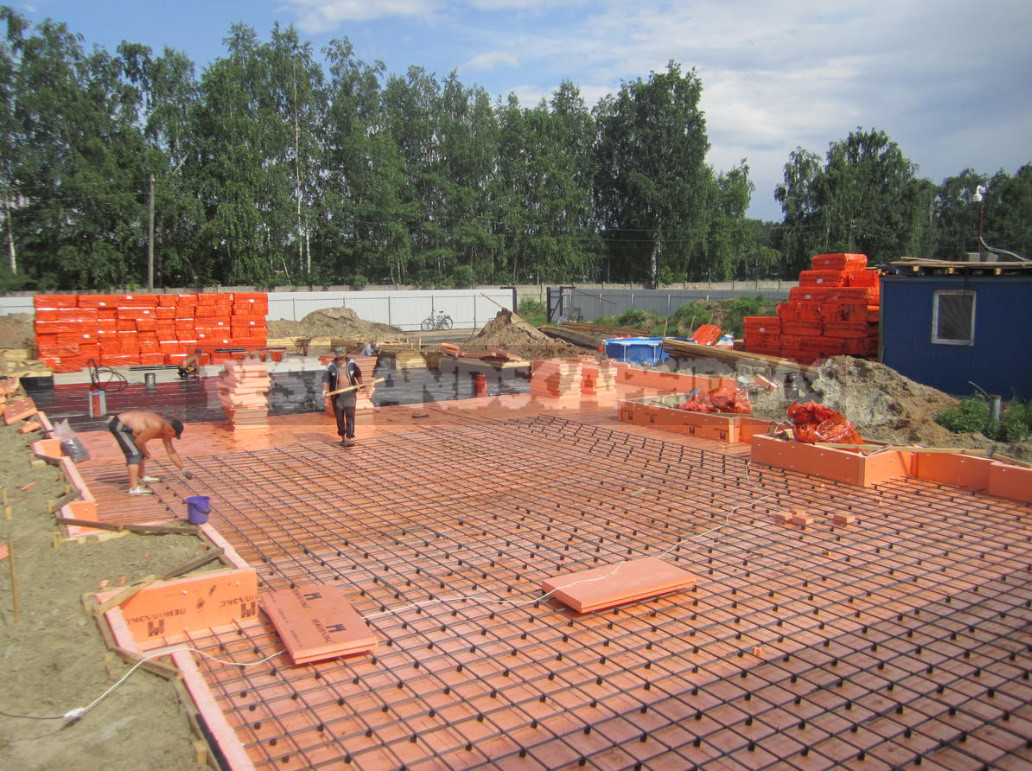
Let’s go through the personalities
Let me depart from the traditional algorithm of the story about building materials, which usually begins with their undeniable advantages, and in conclusion, in small print, briefly mentions the dialectically inevitable shortcomings. We will act from the opposite: we will begin with the most problematic quality, and then we go on increasing to the description of the actual merits of the material.
Combustibility
When it comes to the use of extruded polystyrene, always remember about its Flammability. Indeed, cheap counterfeits of this material have a fairly low Flammability class. Simply put, it is a flammable material. However, in recent years, process chemists have found a way to raise the Flammability class of the material to low-combustible. For this purpose, special flame retardants are introduced into the composition. In the event of a fire in the country such material is no longer a direct threat. And one more obligatory condition of safe use of expanded polystyrene, and the most important – the correct design of country construction. In a technically competent project, polystyrene insulation is located in places that can not reach the flames in a possible fire. That is, if we use polystyrene plates in the Foundation, in the basement, when warming the floor of the first floor or blind area-the fire-hazardous properties of the material are practically zeroed.

In General, these building structures are considered as fire-safe, because they insulation plates are never used in the open.
Vapor permeability
It’s practically zero. Somewhere in the Foundation, when waterproofing a concrete structure is a necessary condition, a functional trump card of modern material. However, if we mentally move above the zero mark and insulate-faced with this material the outer side of the load-bearing wall, it immediately stops the wall “breathe”. It will be possible to sympathize only to the summer residents who have moved for the city for the sake of fresh air, and as a result appeared under polystyrene “cap”. If your plans do not include 365 days a year to keep the Windows open 24 hours a day, already at the design stage of the cottage it is required to provide for the construction of the supply and exhaust ventilation system, at least the simplest.
So, zero vapor permeability-is it good or bad? Quite an incorrect question, to which, however, there is a technically competent answer: use extruded polystyrene strictly for its intended purpose!
Water absorption
This is the most important characteristic for materials used in the ground. The fact that many heat insulators require additional protection from moisture when working in the ground. Many, but not extruded polystyrene. Its water absorption varies, depending on the manufacturer, from 0.2 to 0.4% of the volume (data sheet). And these figures are not taken from the ceiling, and from the test report.
But the usual summer resident, far from the subtleties of the characteristics of building materials, it is difficult to imagine what these 0.4%. Let’s look for a figurative comparison. If we count in the usual liters, then from 1 liter of water in contact with the surface of the thermal insulation Board, 4 (four) ml will penetrate it in a month! It’s less than a teaspoon in volume! Take note: extruded polystyrene does not require additional waterproofing, and hence the cost of it.
Thermal conductivity
This is the strongest, trump material parameter: thermal conductivity at 25±5°C, not more than 0.032 W / (m*K). In practice, this is one of the best indicators in the construction industry for widely used heat insulators. For example, the heat resistance of extruded polystyrene with a thickness of 3 cm and masonry of red brick with a thickness of 56 cm are equivalent! Admittedly, there are heat insulators with smaller parameters, but they mostly fly into space.
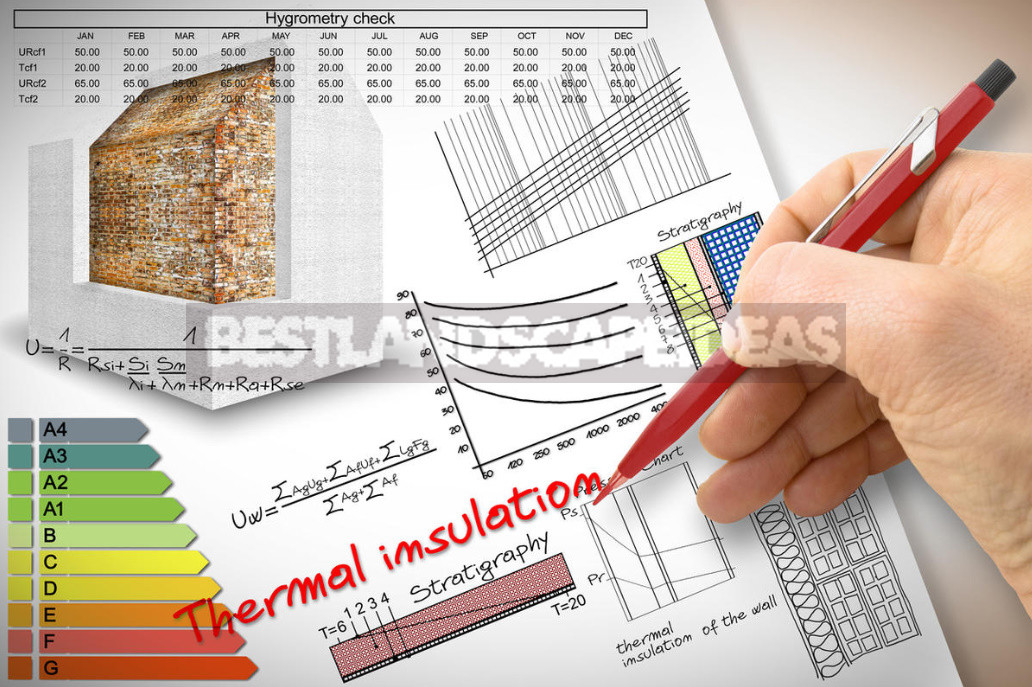
An example of competent use of polystyrene
In modern suburban construction extruded polystyrene is used more boldly. As an example, let’s consider the insulation of the floor in the house on screw piles. It is constructed on the principle of the device over the ventilated underground, that is, not on the ground, and with some free space above ground level. The entire floor structure is mounted on beams, often wooden. One of the most important structural elements of the floor – insulation, to which the most serious requirements. First: be good to keep warm. Secondly, do not absorb moisture, because: water has a high thermal conductivity, and if the insulation is saturated with moisture, it ceases to store heat and begins to pull it out of the house; the ability to absorb water can cause fungus and mold.

Naturally, among the many different heaters you need to choose the one that harmoniously combines the two most important qualities. The best option-plates of extruded polystyrene. This material with a low coefficient of thermal conductivity, almost zero water absorption will provide a healthy microclimate of the lower part of the house for many decades. Do not discount such positive characteristics as biostability, environmental friendliness and durability (perfect work for 50 years at least!).
Consider two options for the design of the floor in the house above the screw piles. In both cases, the lag is placed on top of a hardwood flooring subfloor. On it a continuous continuous layer plates stack. Then, on the insulation, lay a vapor barrier, typically high-quality plastic sheeting that will protect it from water vapor.
Wet and dry floor screed
Differences between the two options determines the finish of the floor. If you have a tile on a cement mortar, then it should be preceded by a material mixed on water — in our case, a cement-sand screed. If you put parquet, laminate or linoleum, it is better to use a dry screed of OSB-plate or other sheet materials.
We have considered only one way to properly use extruded polystyrene in suburban conditions. In fact, the options are much more, because its characteristics are truly unique. It would be interesting to hear the feedback of those who are in practice convinced of the quality of this material.

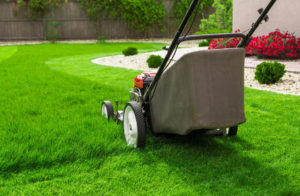

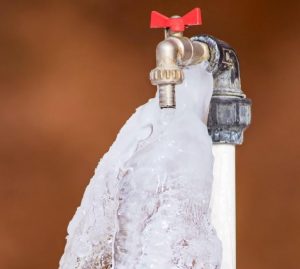
Leave a Reply